What Is Blind Contour Fusion?
If you’re looking to shake up your drawing routine, learning how to use blind contour fusion to create unique visual sketches could be the creative breath of fresh air you need. Blind contour drawing is known for its meditative, eye-to-hand coordination qualities—but fusing it with an intuitive layering process amplifies its potential. This hybrid technique is excellent for artists who want to loosen their grip on perfectionism, explore new visual textures, and develop a more expressive sketching voice.
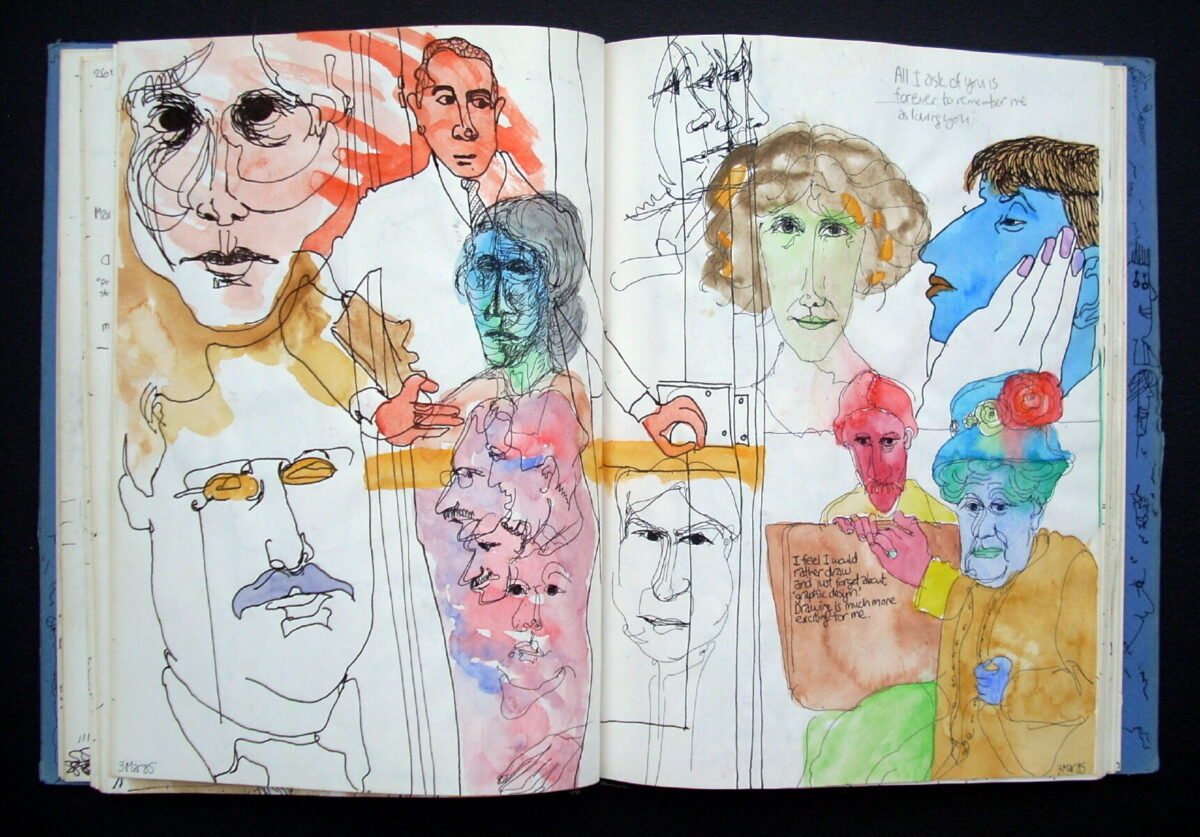
credit: ABZ
In this post, we’ll explore the blind contour fusion method from foundational setup to visual experimentation, while incorporating practical tips and keywords to help your work stand out—and be found—online.
At its core, blind contour fusion is the combination of two techniques:
- Blind contour drawing: Drawing a subject without looking at your paper and without lifting your pen or pencil.
- Fusion layering: Adding layers of color, ink, or mixed media over (or under) the contour sketch, responding to the natural abstraction that occurs.
The result is a visually surprising and emotionally resonant piece that’s rich in spontaneity. This method offers a perfect blend of observation, abstraction, and artistic intuition.
Why Use Blind Contour Fusion?
This drawing method isn’t just a warm-up exercise—it’s a full-blown creative process that helps artists:
- Release control and perfectionism
- Develop hand-eye coordination
- Embrace happy accidents
- Build layered compositions
- Generate unpredictable, emotionally charged results
Blind contour fusion bridges structured observation with expressive abstraction, making it an excellent way to evolve your visual storytelling and style.
Sketchbooks.org | VISUAL RESEARCH HUB
Blind Contour Fusion Sketch Examples
Visual research is critical for any creative endeavor. We have compiled specialized links to lead you directly to images, videos, and inspiration for "Blind Contour Fusion Sketch Examples" across the web's best visual search platforms.
Materials You’ll Need
While this technique can be adapted to any medium, here are some basics to get you started:
- Drawing surface: sketchbook, heavyweight drawing paper, or mixed media paper
- Drawing tool: pen, pencil, graphite stick, or fineliner
- Layering tools: watercolor, gouache, colored pencil, brush pens, ink wash, or markers
- Optional extras: masking tape, stencils, collage scraps, gesso or acrylic for mixed layering
Having a variety of textures and materials lets you explore blind contour fusion across different styles—minimalist, surreal, expressive, or decorative.
How to Practice Blind Contour Fusion Step by Step
Start simple and work in layers. Here’s a general guide:
Step 1: Choose Your Subject
Pick something with interesting contours. Portraits, hands, plants, architectural details, or fabric folds work great. Avoid objects that are too geometric when starting—organic lines will loosen you up.
Step 2: Draw Without Looking
Place your tool on the page and focus only on the subject. Let your eyes scan the form while your hand mirrors the motion, slowly and continuously. No peeking. No lifting the pen.
This is your blind contour base. It’s okay if it looks warped or surreal—that’s the point.
Step 3: Fuse with Intuitive Layering
Now comes the fusion. Look at your lines, identify forms or patterns, and respond with:
- Loose watercolor washes
- Ink overlays or crosshatching
- Highlighting negative space with color
- Adding shapes or textures with collage
- Tracing new lines over old with a second color
The goal is not to “fix” the drawing, but to deepen its complexity. Let the original structure guide you while enhancing it through intuitive decision-making.
Step 4: Repeat and Refine
The more you practice blind contour fusion, the more confident and exciting the results become. Each sketch turns into an unpredictable yet cohesive exploration of form, line, and mood.
Tips for Success
- Use permanent ink for your contour base so it won’t smudge when layering.
- Leave breathing space—don’t cover the entire surface. Let line and silence interact.
- Time your blind contour stage (e.g., 2–5 minutes) to stay in flow.
- Switch tools or materials mid-process to keep energy fresh.
- Revisit and respond to old sketches—fusion can happen days later.
This is a great method to build a habit of daily drawing without pressure to “get it right.”
Creative Variations
Once you’re comfortable, branch out:
- Use colored paper as your base for built-in contrast
- Rotate your sketch and respond from a new orientation
- Combine multiple blind contours in one piece
- Work on top of found textures like newsprint, cardboard, or fabric
- Introduce figures or objects into abstract compositions via fusion techniques
These experiments enhance visual rhythm, creative momentum, and conceptual play—all valuable for maintaining artistic engagement.
Applications Across Artistic Styles
Blind contour fusion is incredibly flexible. Artists can apply it in:
- Illustration: To stylize figures or faces with expressive contours
- Mixed media art: As a foundation layer or overlay in textured compositions
- Abstract art: To generate non-linear narrative pieces
- Journaling and sketchbooks: As a ritual for letting go of self-censorship
- Design and concepting: For visual ideation in fashion, animation, or branding
Whether you’re a fine artist or visual designer, this practice flexes both your observational and intuitive muscles.
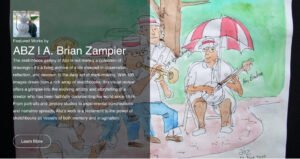
Sketchbooks.org | FEATURED ARTISTS
Abz Sketchbook Worlds
A Lifelong Journey in Lines and Layers The sketchbook gallery of Abz is not merely a collection of drawings—it’s a living archive of a life steeped in observation, reflection, and devotion to the daily act...
Frequently Asked Questions
Do I need to be good at drawing to try blind contour fusion?
Not at all—it’s designed to help you let go of perfection and explore raw creativity.
What if my drawing looks messy or unreadable?
That’s expected; fusion helps refine or reimagine what you see into new visual structures.
Can I use this technique digitally?
Yes—use a stylus without looking at the screen and then layer digitally with brushes or textures.
How long should a blind contour fusion session last?
10 to 30 minutes is ideal for practice, but it’s totally flexible depending on your goal.
What subjects are best for this technique?
Organic forms like flowers, faces, and clothing folds tend to yield rich results, but anything can work.
Does it help with art block?
Yes—it bypasses overthinking and frees up intuitive expression, making it a great unblocker.
Should I title or interpret these sketches?
You can—but it’s also fine to let them remain ambiguous and visually driven.
Final Thoughts
Discovering how to use blind contour fusion to create unique visual sketches is like unlocking a door to unfiltered creativity. It invites you to trust your hand, respond to your own work, and make meaning through layers rather than lines alone. It’s a method that rewards risk and rewards presence—a refreshing counterbalance to rigid technique or constant refinement.
Whether you’re looking to loosen up, reconnect with your sketchbook, or find new ways to surprise yourself, this technique offers an accessible yet endlessly deep space for exploration. Let go, draw blind, and respond with heart—your most exciting sketches might come from the lines you never meant to draw.
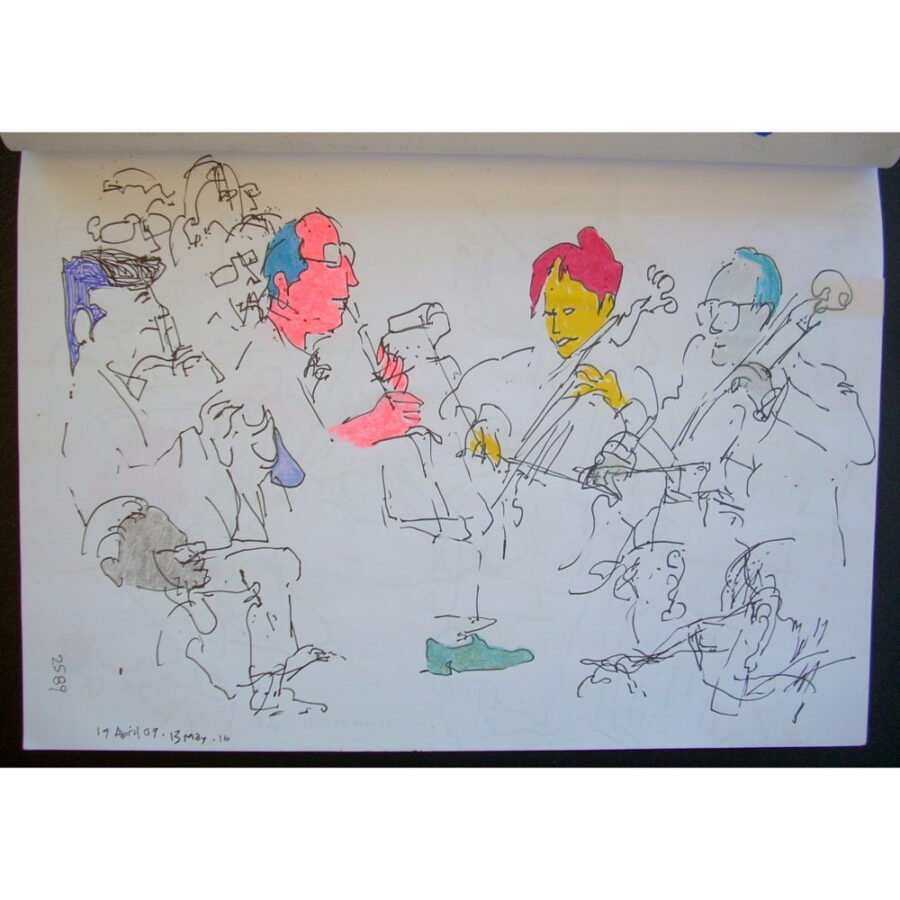
credit: ABZ
Ready to Share Your Work?
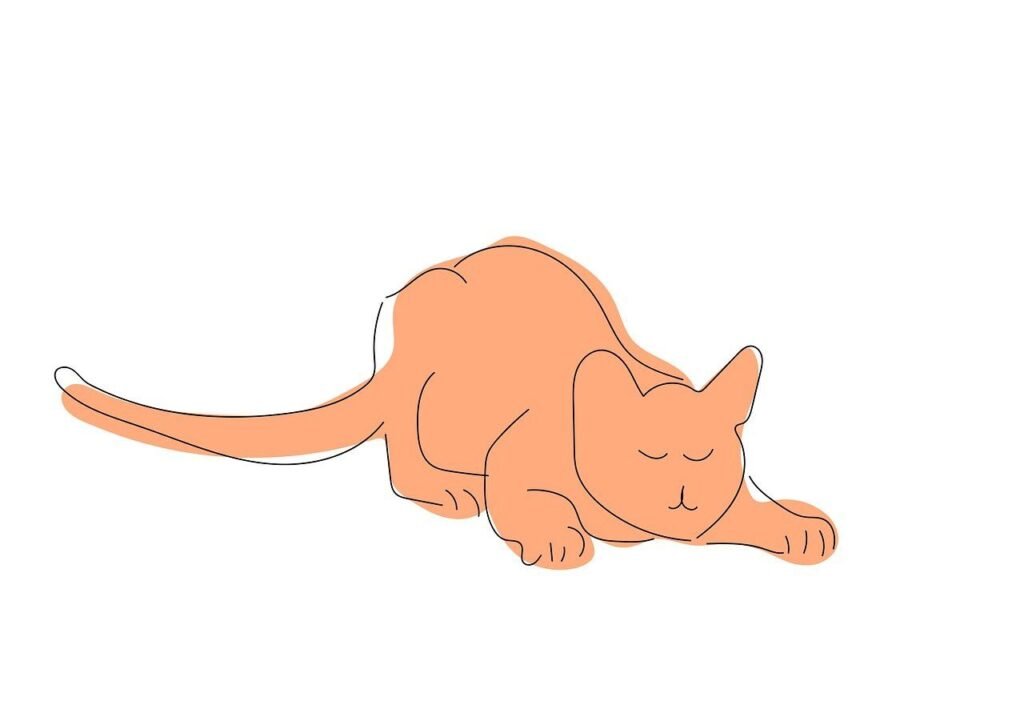

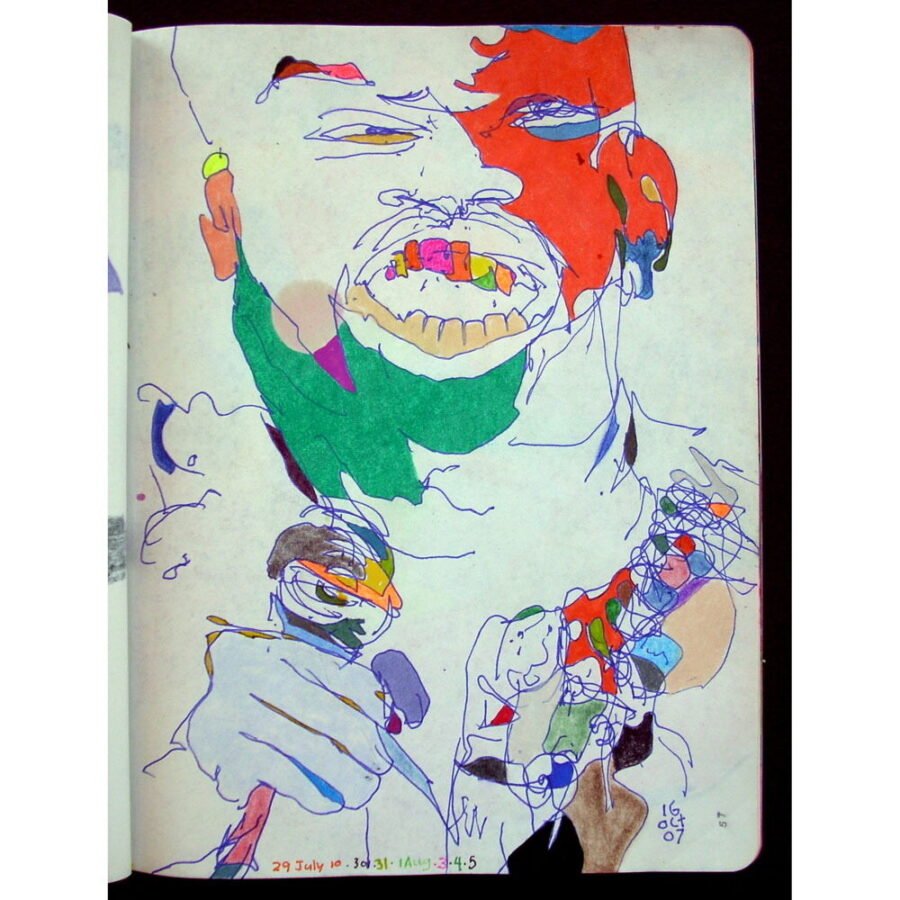
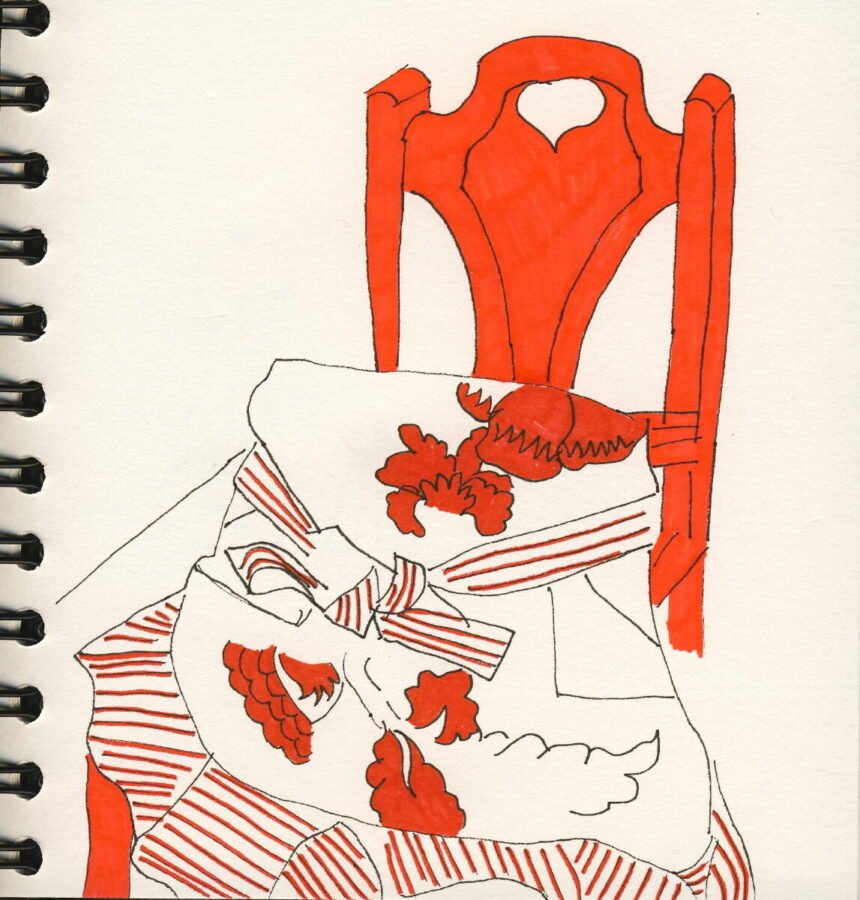

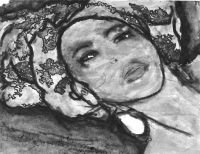
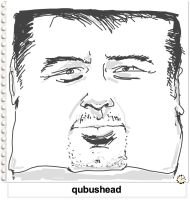

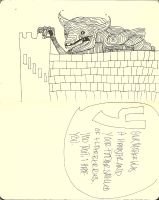


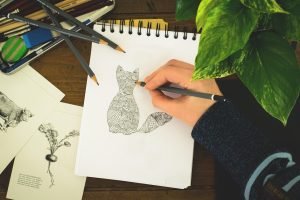
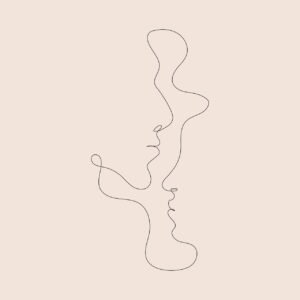
Sometimes distortion = depth
There’s a weird kind of poetry
in fused drawings
Stacking blind contours created a few of my most unique pieces yet.